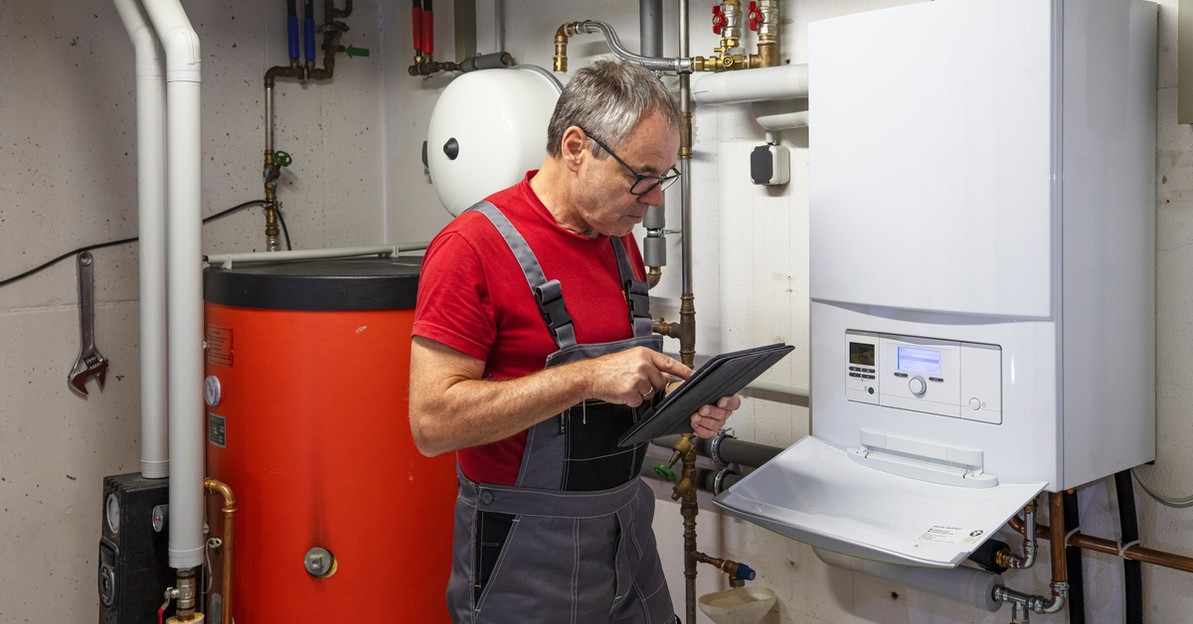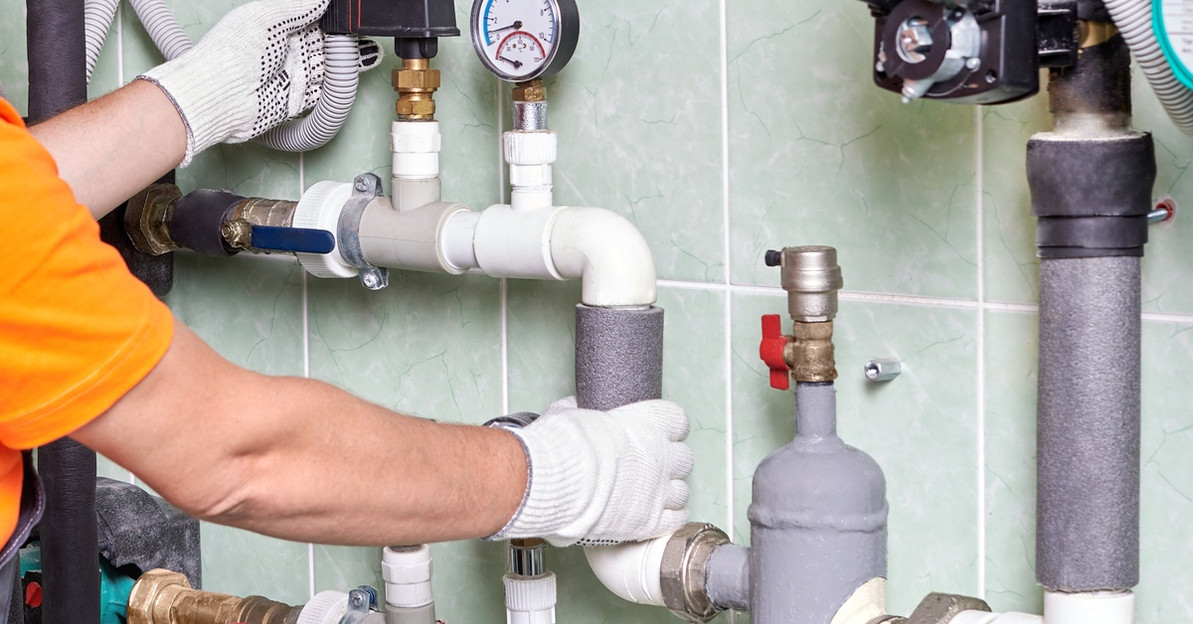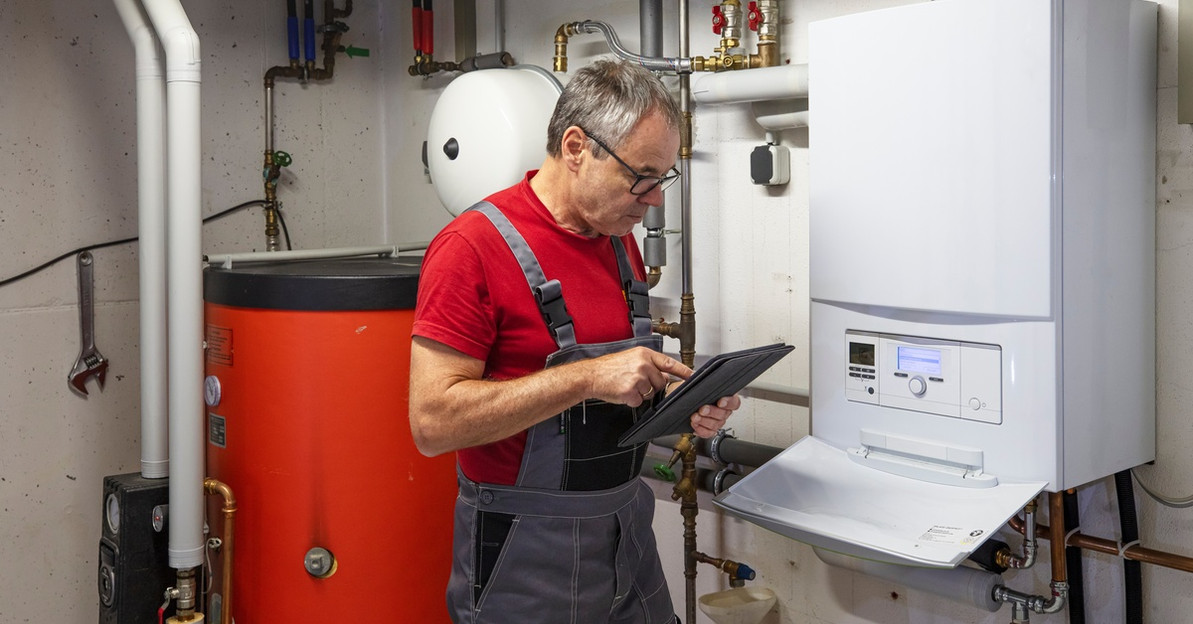Recirculation Loop and Pump Options for Tankless Systems
Waiting for hot water can be frustrating. It wastes your time, your water, and your money. Fortunately, recirculation loops and pumps for tankless systems offer a smart solution. These clever tools make sure hot water is ready right when you need it, improving efficiency while reducing waste.
Today, we’ll guide you through everything you need to know about these game-changing additions to your tankless water heater. You’ll learn how they work, the different types available, and the specific benefits they bring to your home. Whether you’re tired of waiting for your shower to warm up or looking for ways to make your home greener, you can unlock the full potential of your water heating system.
Choosing the best recirculation solution doesn’t have to be complicated. With the right insight, you can find a setup that matches your needs, saves you money, and makes your household more sustainable. Keep reading to discover which option might be perfect for you and how it can transform the way you experience hot water at home.
The Role of Recirculation Loops and Pumps in Tankless Systems
Waiting for Hot Water Wastes Time and Resources
Every day, countless homeowners turn on their faucets and wait for hot water to reach the tap. Those minutes add up, wasting not only your time but also a staggering amount of water. Tankless systems are fantastic for delivering hot water on demand, but without a recirculation solution, that on-demand experience often involves a frustrating delay.
How Recirculation Systems Fix the Problem
Recirculation loops and pumps change the game by keeping hot water circulating through your pipes, so it’s available when you need it. Imagine stepping into a shower on a chilly morning and feeling warm water immediately, instead of waiting up to a minute or more.
The Environmental and Financial Impact of Delayed Hot Water
The numbers might surprise you. A single household can waste up to 12,000 gallons of water each year, simply waiting for hot water to arrive. Now multiply that by millions of homes, and the environmental cost becomes staggering.
Adding a recirculation pump reduces this waste significantly. Efficient pumps also operate on minimal energy, which means you save money and reduce your carbon footprint while enjoying enhanced comfort.
Why It Matters
By solving common issues like delays and waste, recirculation systems improve the efficiency of tankless water heaters. The environmental and financial benefits make them a smart upgrade for anyone who wants an eco-friendly and cost-effective solution. Now that we understand their importance, it’s time to explore the different types available.

Exploring the Options for Optimal Performance
Dedicated Recirculation Loops
For homeowners building a new house or undergoing major construction, a dedicated recirculation loop is an excellent choice. This type of system includes a separate hot water line that forms a loop, constantly moving water through the system to ensure immediate availability.
While this option offers unparalleled performance, it does require additional plumbing and tends to be pricier upfront. That’s why new construction projects are often the best candidates for this setup.
Retrofit Systems for Existing Homes
If your home isn’t undergoing a major renovation, a retrofit system is a practical alternative. These systems use existing plumbing creatively, running hot water through the cold-water line when needed. They’re designed for convenience and affordability, so they’re a popular choice for upgrading older homes.
Pairing a retrofit system with an electric tankless water heater can further optimize efficiency. The tankless heater’s ability to warm water on demand works seamlessly with a recirculation system, reducing waste while ensuring your hot water needs are easily met.
Comparing Pump Types
Pumps play a critical role in most recirculation systems, and selecting the right one depends on your home’s habits. On-demand pumps activate only when needed, which minimizes energy use and makes them ideal for eco-conscious families.
Timer-controlled pumps, on the other hand, work best for homes with predictable water schedules. For example, a household where everyone showers at the same time each morning could benefit from a timer-controlled pump that heats water during those specific hours.
Finding the Right Fit
Each option brings unique advantages, and your choice depends on your home’s plumbing setup, budget, and lifestyle. Dedicated loops and retrofit systems cater to different needs, while on-demand and timer-controlled pumps allow further customization. Now, the question is how you can narrow down these choices to find the best solution for your home.

Selecting the Best Recirculation Solution for Your Needs
Assessing Your Home’s Setup
Homeowners often start by evaluating their existing plumbing and heating systems. If your house is a new construction project, a dedicated loop may offer the performance you’re looking for. For older builds, retrofit systems are typically the better option, requiring fewer modifications and fewer up-front costs.
Balancing Short-Term Costs With Long-Term Benefits
While dedicated loops involve higher initial investments, their energy efficiency and water-saving benefits can significantly reduce bills over time. Retrofit systems may be more affordable up front, but make sure to factor in long-term savings when making your choice.
Considering How Your Household Uses Water
Your household’s water habits should also guide the decision. If you’re part of a large family where showers, dishwashing, and laundry often occur simultaneously, a timer-controlled pump might be the better choice for handling peak usage periods. A smaller household with sporadic water use, on the other hand, might find an on-demand pump to be more cost-effective.
Factoring in Environmental Goals
For environmentally conscious homeowners, recirculation systems offer a practical way to make a meaningful difference in their carbon footprint. The ability to reduce water waste by thousands of gallons each year is both good for the planet and an excellent selling point for your home should you choose to move.
Now What?
Choosing the right recirculation loop and pump for your tankless system represents an investment in convenience, efficiency, and sustainability. When you upgrade your system, you’ll free yourself from the frustrations of waiting for hot water while reducing your home’s environmental impact. It’s about simplifying your daily routines and making them smarter.
The beauty of these systems lies in their flexibility. Whether you’re building the home of your dreams or finding innovative ways to upgrade your current setup, there’s an option for every budget, home size, and lifestyle. Each choice helps you create a more seamless and enjoyable experience with something as essential as hot water.
If you’re ready to take this step, start with a plan. Consider what matters most to you, whether it’s saving time, conserving water, or maximizing energy efficiency. Explore your options or consult a trusted professional to tailor a system that fits your needs perfectly. Why compromise, when solutions like these bring comfort and efficiency together so effortlessly?
Recent Posts
-
How To Prevent Frozen Pipes Throughout Winter
Winter brings unique challenges for property management companies, maintenance crews, and plumbing c …Oct 21st 2025 -
Integrating Water Heaters With Building Management Systems
When you think about building management systems (BMS), water heaters probably aren’t the first thin …Oct 6th 2025 -
Recirculation Loop and Pump Options for Tankless Systems
Waiting for hot water can be frustrating. It wastes your time, your water, and your money. Fortunate …Sep 23rd 2025





